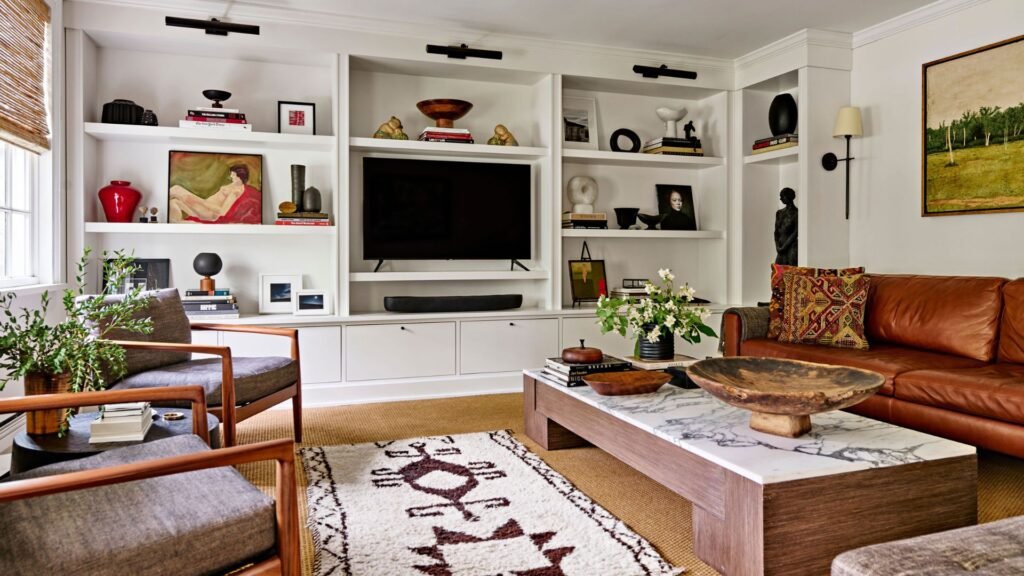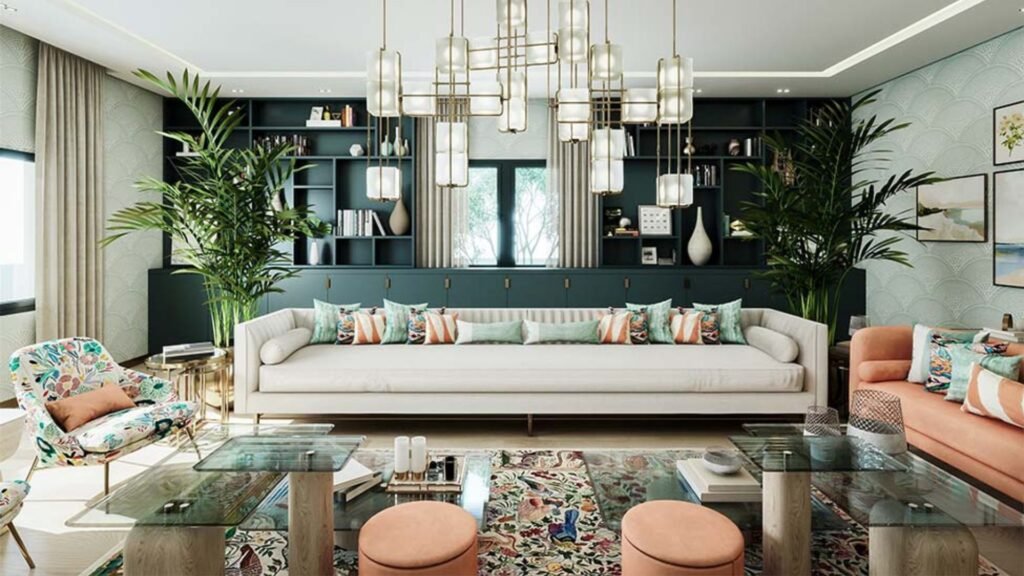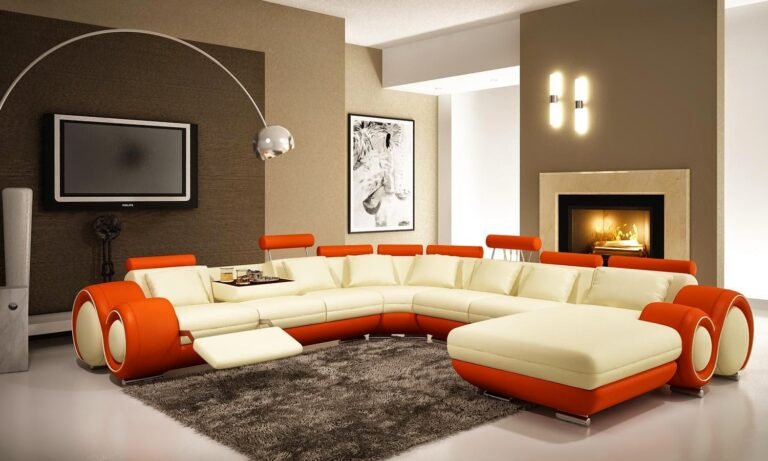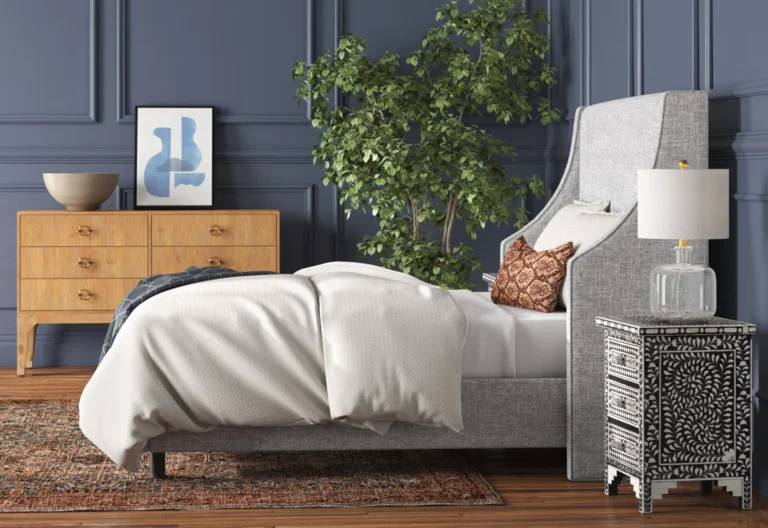
Your living room is the heart of your home—a space for relaxing, entertaining, and spending quality time with loved ones. Styling your furniture the right way can make all the difference in comfort, functionality, and aesthetic appeal. Whether you’re starting from scratch or refreshing your space, this guide will help you create a cohesive, stylish living room that reflects your personality.

Start with a Solid Layout Plan
Before moving a single piece of furniture, think about the function and flow of the room.
- Measure the space: Know your room’s exact dimensions.
- Define the focal point: It could be a fireplace, TV, or large window.
- Plan pathways: Leave 2–3 feet of clearance for easy movement.
- Use anchor pieces first: Place your sofa, sectional, or main seating before adding side pieces.
Tip: Consider using online room planner tools or tape outlines on the floor to visualize arrangements.
Choose the Right Size Furniture
Oversized or undersized furniture can disrupt the balance of your space. Here’s how to get it right:
- Sofas: Should complement the room’s width—avoid crowding.
- Coffee tables: Ideally two-thirds the length of your sofa and placed 18 inches away.
- Accent chairs: Add symmetry or contrast but avoid blocking walkways.
- Rugs: Large enough for all furniture legs to sit on or at least the front legs.
Coordinate Colors and Textures
Your color palette should be intentional, not random.
- Start with a neutral base: Grey, beige, or white tones offer flexibility.
- Add pops of color: Use throw pillows, rugs, or artwork to introduce vibrant tones.
- Mix textures: Combine smooth leather, soft fabrics, wood, and metal for depth.
Pro tip: Follow the 60-30-10 rule — 60% dominant color, 30% secondary, 10% accent.
Master the Art of Layering
Layering adds coziness and visual interest to your living room.
- Throw blankets: Add softness and style to your seating.
- Area rugs: Define zones and add warmth underfoot.
- Cushions: Use various sizes, patterns, and colors.
- Artwork and mirrors: Hang at eye level to add personality and make rooms feel larger.
Layered elements invite relaxation and help make your living room feel “lived in” rather than staged.
Create Visual Balance
Your living room should feel balanced—not top-heavy or cluttered in one corner.
- Use symmetry when possible—like matching lamps or chairs.
- Offset heavy furniture with lighter pieces.
- Arrange furniture so the weight is distributed around the room, not just one side.
Example: If your sofa is large and dark, balance it with a light, open-frame coffee table or bright artwork.
Use Smart Accessories
Accessorizing isn’t just about style—it’s how your space comes alive.
- Side tables and consoles: Offer functionality and style opportunities.
- Plants: Bring color, freshness, and calm to the space.
- Books and trays: Layer on shelves or coffee tables for visual interest.
Don’t overcrowd — accessories should enhance the space, not take it over.
Prioritize Comfort and Functionality
A stylish room still needs to work for everyday life.
- Opt for comfortable seating with supportive cushions.
- Choose multi-functional furniture, like ottomans with storage or nesting tables.
- Ensure the TV is at a proper viewing height and distance from seating.
Your living room should look good—but also support how you live.
Final Thoughts
Styling your living room furniture is about finding the sweet spot between function and flair. Start with a clear layout, select the right furniture sizes, mix colors and textures, and add your personal touch through accessories. Whether your style is modern, traditional, or eclectic, the right arrangement can elevate your entire home.







